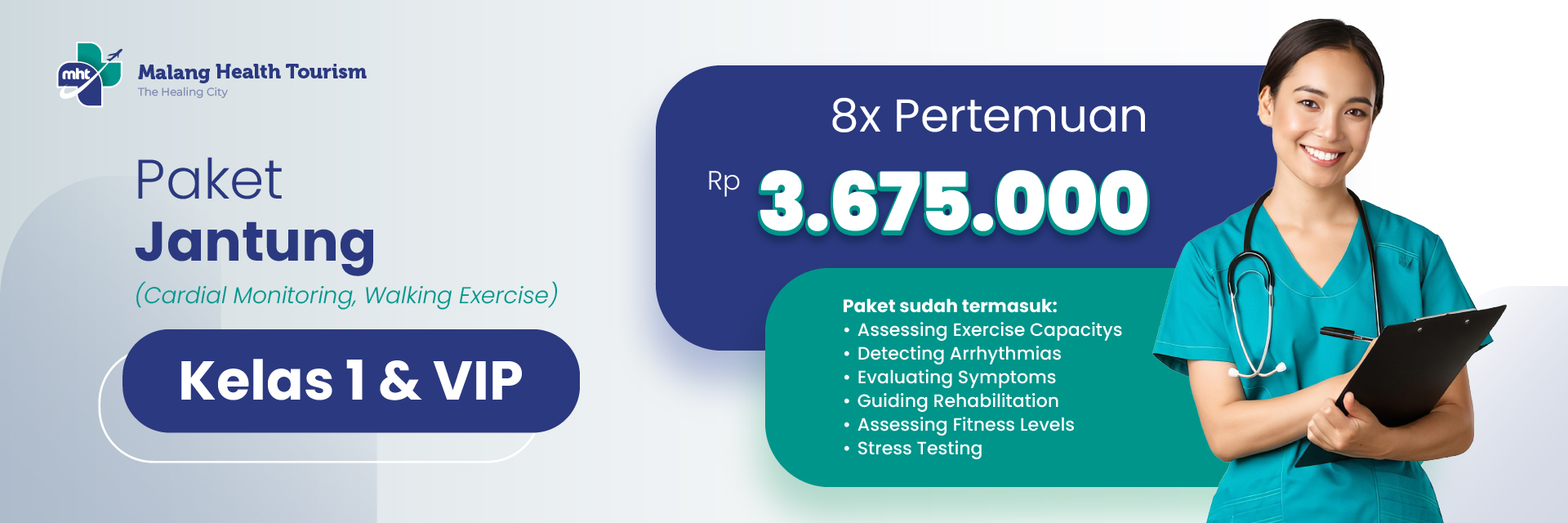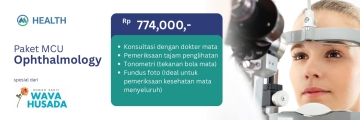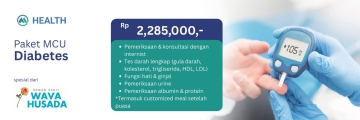Price:Rp. 3,675,000
Cardiac Monitoring Walking Exercise
Cardiac Monitoring Walking Exercise Package 8x meet Class 1 & VIP
Cardiac monitoring during walking exercise involves the use of electrocardiography (ECG or EKG) to continuously monitor the electrical activity of the heart while an individual engages in physical activity, such as walking or other forms of exercise. This monitoring is typically done to assess heart rate, rhythm, and any irregularities or abnormalities that may occur during exercise.
- Assessing Exercise Capacity: It helps assess an individual's exercise capacity, which can be particularly important for people with heart conditions. Monitoring can reveal how well the heart responds to exercise and whether there are any signs of exercise-induced chest pain (angina) or other issues.
- Detecting Arrhythmias: Cardiac monitoring can detect abnormal heart rhythms (arrhythmias) that may not be apparent during rest but become evident during exercise. Certain arrhythmias, such as atrial fibrillation, can increase the risk of stroke and other complications.
- Evaluating Symptoms: For individuals who experience symptoms such as dizziness, shortness of breath, or palpitations during exercise, cardiac monitoring can help identify the cause of these symptoms.
- Guiding Rehabilitation: It is commonly used in cardiac rehabilitation programs to guide the intensity and safety of exercise for individuals who have had heart surgery, a heart attack, or other heart-related procedures.
- Assessing Fitness Levels: In sports medicine, cardiac monitoring during exercise can help determine an athlete's fitness level and may be used in performance evaluations.
- Stress Testing: Cardiac monitoring during walking exercise is often part of a stress test, which evaluates how the heart responds to physical stress. This is important for diagnosing heart disease and assessing treatment effectiveness
It's essential for cardiac monitoring during walking exercise to be conducted under the supervision of trained healthcare professionals, especially in cases involving stress testing or individuals with known heart conditions. The information obtained through this monitoring is valuable for diagnostic purposes and in developing appropriate treatment or exercise plans to promote cardiovascular health and safety.


.png)






